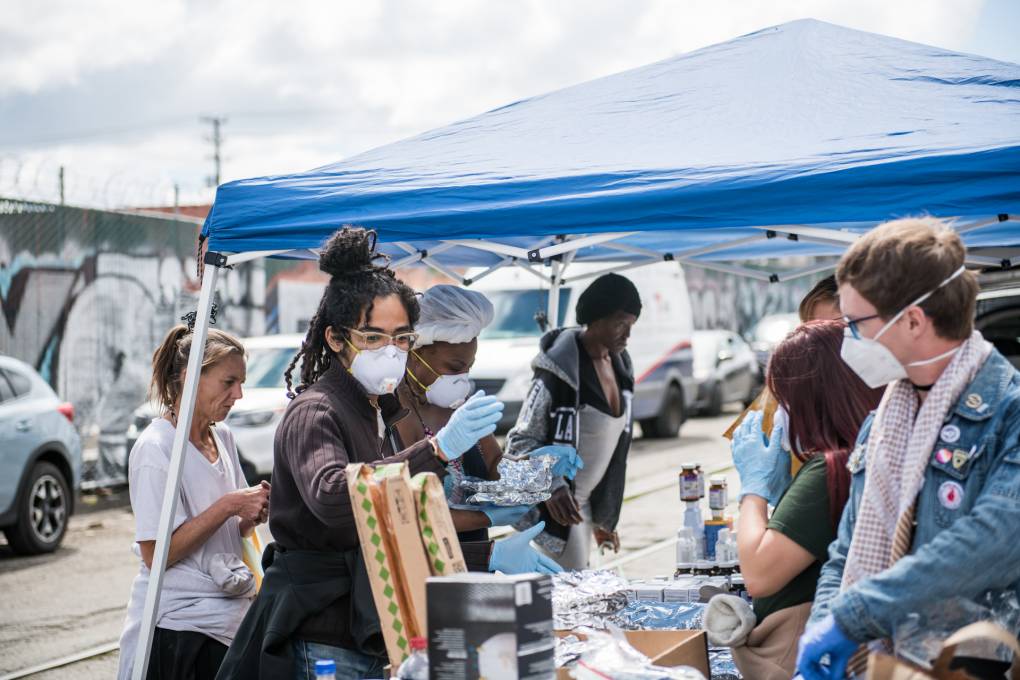Now that Gov. Gavin Newsom has released a roadmap on how he plans to eventually unwind the restrictions California has enacted to slow the spread of the coronavirus, here at KQED we’re thinking about what that means for our journalism.
As we start to consider loosening up some of our reporting and travel restrictions for the newsroom, we wanted to explain what our thinking and guidelines have been during this critical time. To do that, we put some questions to KQED News Executive Editor Ethan Toven-Lindsey.
Q: We’ve been sheltering in place for about a month now. Thinking back to before we realized just how infectious this virus is, when do you feel things shifted to this level of worry?
A: I feel like some of the folks in the KQED newsroom, and in the larger local and national media, knew what was really happening for weeks and months. Alexis Madrigal, an Oakland resident who works for The Atlantic and has been heading the COVID Tracking Project, was talking about how bad things were going to get relatively early on, and the rest of us kept getting signals, but couldn’t separate them from the noise. Looking back now, I feel like some of our KQED Science colleagues, such as science reporter Lesley McClurg, were sounding key warning bells, but none of us were ready for the massive mental and logistical shift we were about to encounter. Still, at KQED we’d started planning remote production work shifts and essential staff rotations in early March, but with the thinking that those efforts were worst-case scenario planning.
So, trying to think back, it feels like it was Wednesday, March 11 when the rest of us became believers. It was that day, with the stock market reacting the way it did, combined with the president’s Oval Office address, that confirmed our fears. The next day, we held a KQED editorial meeting and decided we needed to reframe how we were covering the crisis, and how we were staffing it. That Wednesday was probably the day when everyone in the newsroom became a coronavirus reporter.


